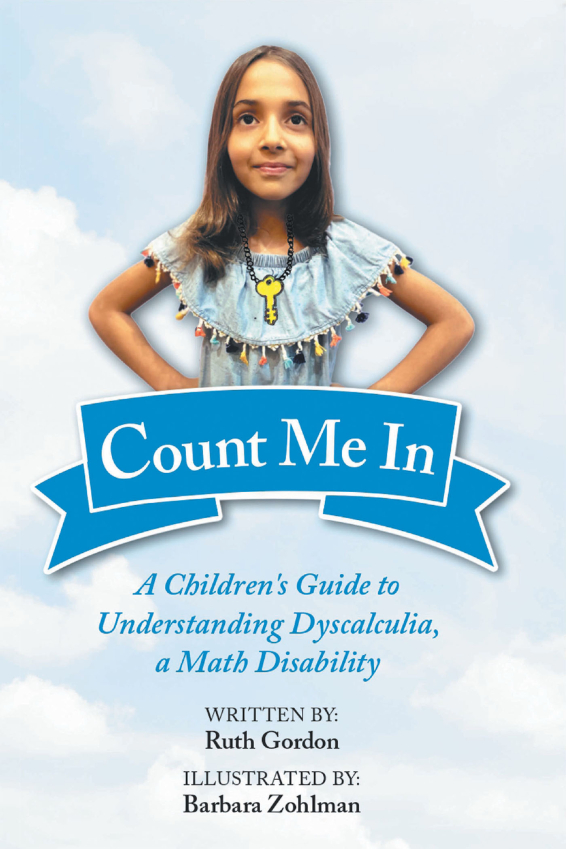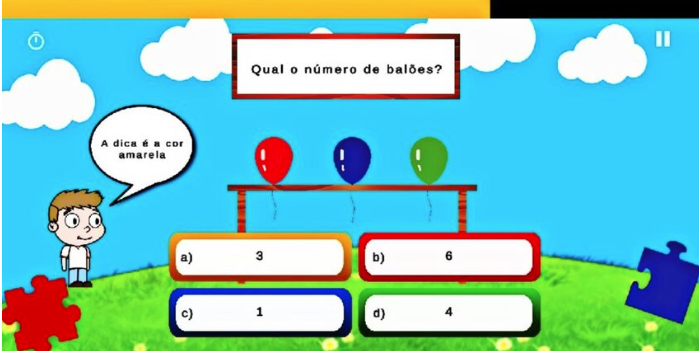Hey there, future rock stars of the world! Are you ready to take on the next phase of your life like a boss? As high school students with learning difficulties, you may be wondering what lies ahead in the post-secondary world. But have no fear, because IEP transition goals are here to help you make a smooth and successful transition to the next chapter of your life.
Whether you’re dreaming of becoming a rock star, a superhero, or a unicorn trainer, setting clear and measurable goals is essential for success. With the right support and strategies, you can develop the skills, knowledge, and self-confidence you need to achieve your wildest dreams. So, put on your favorite tunes, grab a unicorn frappuccino, and let’s dive into the world of IEP transition goals!
Examples of transition goals for individualized education programs (IEPs)
IEP transition goals are essential for high school students with learning difficulties as they prepare for the next chapter of their lives. Here are some specific and informative examples of IEP transition goals:
1. Career Exploration:
This goal focuses on exploring different career options that align with the student’s skills, interests, and values. This can include job shadowing, attending career fairs, or conducting informational interviews. By exploring different career options, students can gain a better understanding of their strengths, difficulties, and interests and make informed decisions about their future career paths.
Career Exploration IEP Goals:
- Within 6 months, [student] will attend at least three career fairs or job shadowing opportunities and report back to their IEP team on their experiences, including their strengths and interests in each career option.
- Within 9 months, [student] will conduct at least two informational interviews with professionals in fields that align with their interests and skills, and compile a list of questions to ask during the interview.
2. Self-Advocacy:
Self-advocacy iep goals focus on developing the skills necessary to communicate their needs, strengths, and limitations to others. This can include practicing self-advocacy skills in school, community, or workplace settings, as well as developing an understanding of their legal rights under the Americans with Disabilities Act (ADA).
Self-Advocacy IEP Goals:
- Within 3 months, [student] will participate in at least two mock IEP meetings with their IEP team to practice advocating for their needs, strengths, and limitations.
- Within 6 months, [student] will create a self-advocacy portfolio, including a list of accommodations that have been successful in the past, their legal rights under the ADA, and strategies for communicating their needs in various settings.
3. Independent Living:
This goal focuses on developing the skills necessary to live independently. This can include attending life skills classes or working with a mentor to learn how to manage finances, cook, clean, and maintain a home.
Independent Living IEP Goals:
- Within 4 months, [student] will attend at least two life skills classes and demonstrate their ability to apply the skills learned in the class to daily life activities.
- Within 8 months, [student] will work with a mentor to create a budget and financial plan for independent living, including creating a savings plan and tracking expenses.
4. Post-Secondary Education:

This goal focuses on identifying post-secondary education options, such as college, vocational training, or apprenticeships, and developing a plan for admission and success. This can include researching different schools or programs, completing college applications, and preparing for entrance exams.
Post-Secondary Education:
- Within 6 months, [student] will research at least three post-secondary education options that align with their interests and skills, and create a list of pros and cons for each option.
- Within 9 months, [student] will meet with a guidance counselor or college advisor to create a post-secondary education plan, including identifying potential majors or programs of study and identifying necessary steps for admission.
5. Employment:
This goal focuses on developing job search and job application skills, including resume writing, interviewing, and workplace etiquette. This can include attending job fairs, creating a professional resume, and practicing interview skills
Employment IEP Goals:
- Within 3 months, [student] will create a professional resume with the help of a guidance counselor or job coach.
- Within 6 months, [student] will attend at least two job fairs or employment workshops and practice job search and application skills, including completing job applications and practicing interview skills
6. Transportation:
This goal focuses on developing the skills necessary to navigate transportation options. This can include learning how to use public transit, ride-sharing services, or accessing specialized transportation services.
Transportation IEP Goals:
- Within 4 months, [student] will learn how to use public transit or ride-sharing services and demonstrate their ability to navigate at least one route independently.
- Within 8 months, [student] will learn how to access specialized transportation services and demonstrate their ability to schedule and use the service independently.
7. Social Skills:

Social skills iep goal focuses on developing social skills necessary for success in post-secondary settings. This can include participating in social clubs, volunteering, or attending social skills classes. By developing social skills, students can build relationships and gain confidence in social situations.
Social Skills IEP Goals:
- Within 3 months, [student] will join at least one social club or volunteer group and attend at least two meetings or events.
- Within 6 months, [student] will attend at least one social skills class or workshop and practice skills learned in the class in a real-life social situation.
Each of these goals should be specific, measurable, achievable, relevant, and time-bound to ensure success. Working with a team of educators, counselors, and support staff can help students create a personalized plan that meets their unique needs and goals.
Monitoring progress and revising goals
Monitoring progress and revising transition goals are critical components of the IEP transition process. Let’s take an example of a transition goal for a high school student with an IEP who wants to pursue a career in engineering:
Transition Goal: The student will successfully complete a summer engineering program at a local college.
Monitoring and Revising Goals:
- Set up regular check-ins: Schedule monthly check-ins with the student, parents, and the teacher overseeing the summer engineering program.
- Collect data: Collect data on the student’s performance in the summer engineering program, including grades, attendance, and feedback from instructors.
- Review and analyze data: Review the data collected during check-ins and analyze it to determine if the student is meeting the goals outlined in their IEP.
- Revise goals: Based on the data collected, revise the transition goals as needed. For example, if the student is struggling in a specific area of the program, you may revise the goal to focus on improving that area.
- Adjust support: Based on the data collected, adjust the level of support provided to the student. For example, if the student is struggling with time management, you may provide additional support in that area.
- Collaborate with team members: Work collaboratively with the student, parents, and the teacher overseeing the summer engineering program to ensure the student is on track to meet their goals.
Monitoring and revising goals for this transition goal is the responsibility of both teachers and parents. By doing so, you can help the student successfully complete the summer engineering program and achieve their long-term goal of pursuing a career in engineering.
Importance of transition goals
Transition goals are important for students with an Individualized Education Program (IEP) because they help to ensure that the student is prepared for life after high school. The transition process begins at age 14 and focuses on identifying the student’s post-secondary goals and developing a plan to help them achieve those goals. Here are some specific reasons why transition goals are important:
- Promote self-determination: Transition goals help to promote self-determination, which is the ability to make choices and decisions that affect one’s own life. By involving the student in the development of their transition goals, they are more likely to take ownership of the goals and work towards achieving them.
- Improve outcomes: Transition goals are designed to help the student achieve their post-secondary goals, whether that is attending college, entering the workforce, or pursuing other vocational training. By focusing on these goals, students are more likely to achieve positive outcomes after leaving high school.
- Provide direction: Transition goals provide a clear direction for the student’s education and future. They help to identify the skills and knowledge that the student needs to acquire in order to achieve their post-secondary goals.
- Facilitate collaboration: Developing and achieving transition goals requires collaboration between the student, parents, teachers, and other support staff of the IEP team. This collaboration helps to ensure that everyone is working towards the same goal and that the student is receiving the support they need.
- Empower students: By setting and achieving their transition goals, students with an IEP gain a sense of accomplishment and empowerment. This can help to boost their confidence and motivation, leading to further success in their post-secondary endeavors.
In summary, transition goals are important because they promote self-determination, improve outcomes, provide direction, facilitate collaboration, and empower students. By focusing on these goals, students with an IEP can successfully transition from high school to the next phase of their lives.
Conclusion
In conclusion, transition goals are an essential part of the Individualized Education Program (IEP) for high school students with learning difficulties. These goals help to identify the student’s post-secondary goals, help them learn adaptive skills, and develop a plan to help them achieve those goals. By focusing on transition goals, students with an IEP are more likely to achieve positive outcomes after leaving high school, whether that is attending college, entering the workforce, or pursuing other vocational training.
It is important to monitor and revise these goals regularly, to ensure that the student is on track to achieve their post-secondary goals. This involves setting up regular check-ins, collecting data on the student’s performance, reviewing and analyzing the data, revising the goals as needed, adjusting support, and collaborating with team members. By doing so, we can help to promote self-determination, provide direction, facilitate collaboration, and empower students to achieve their full potential.




